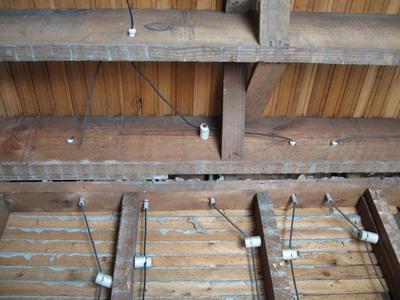
A Brief History of Electrical Systems: From Knob and Tube to Modern Wiring
Ever wonder how your electrical systems came to be? Let's take a quick dive into the history, starting with knob and tube wiring—the granddad of home wiring systems. What’s Knob and Tube Wiring?In the late 1800s to early 1900s, knob and tube wiring was the go-to method for wiring homes. Picture this

Winterizing Your Home: The No-BS Guide
Winter's knocking on the door, and let's be real: most of us would rather binge-watch our favorite shows than prep our homes for the cold. But unless you want to shiver your way through a Game of Thrones-style winter, it's time to get moving. Here's your no-BS guide to winterizing your home, Mark
Categories
Recent Posts

Whatcom & Skagit Water Rights Adjudication Explained: What Homeowners, Farmers, and Well Users Need to Know

Bellingham Ferry: A History, Schedule and Bookings

Why is Bellingham is So Expensive

What's In Style for Homes in 2024

Pumpkin Patches & Fall Fun in Whatcom and Skagit Counties

Let's Talk Golf: Exploring Bellingham’s Golf Scene

What's the Cost of Living in Bellingham, WA? Let's Break It Down

A Brief History of Electrical Systems: From Knob and Tube to Modern Wiring

Bellingham Plays Huge Role in World's First Hydrogen-Powered Ferry

$27 Million Cleanup Set To Begin at Bellingham Waterfront

